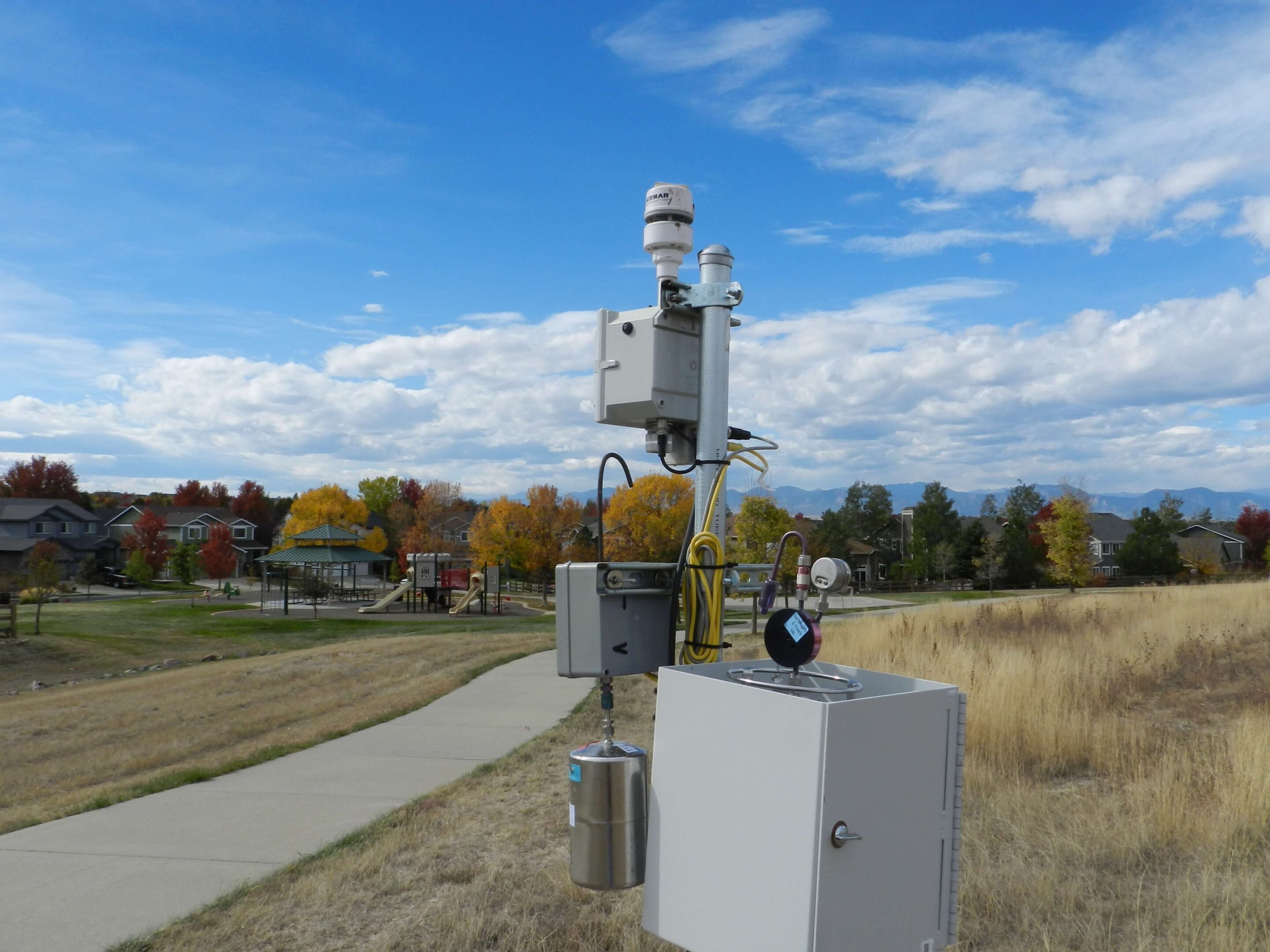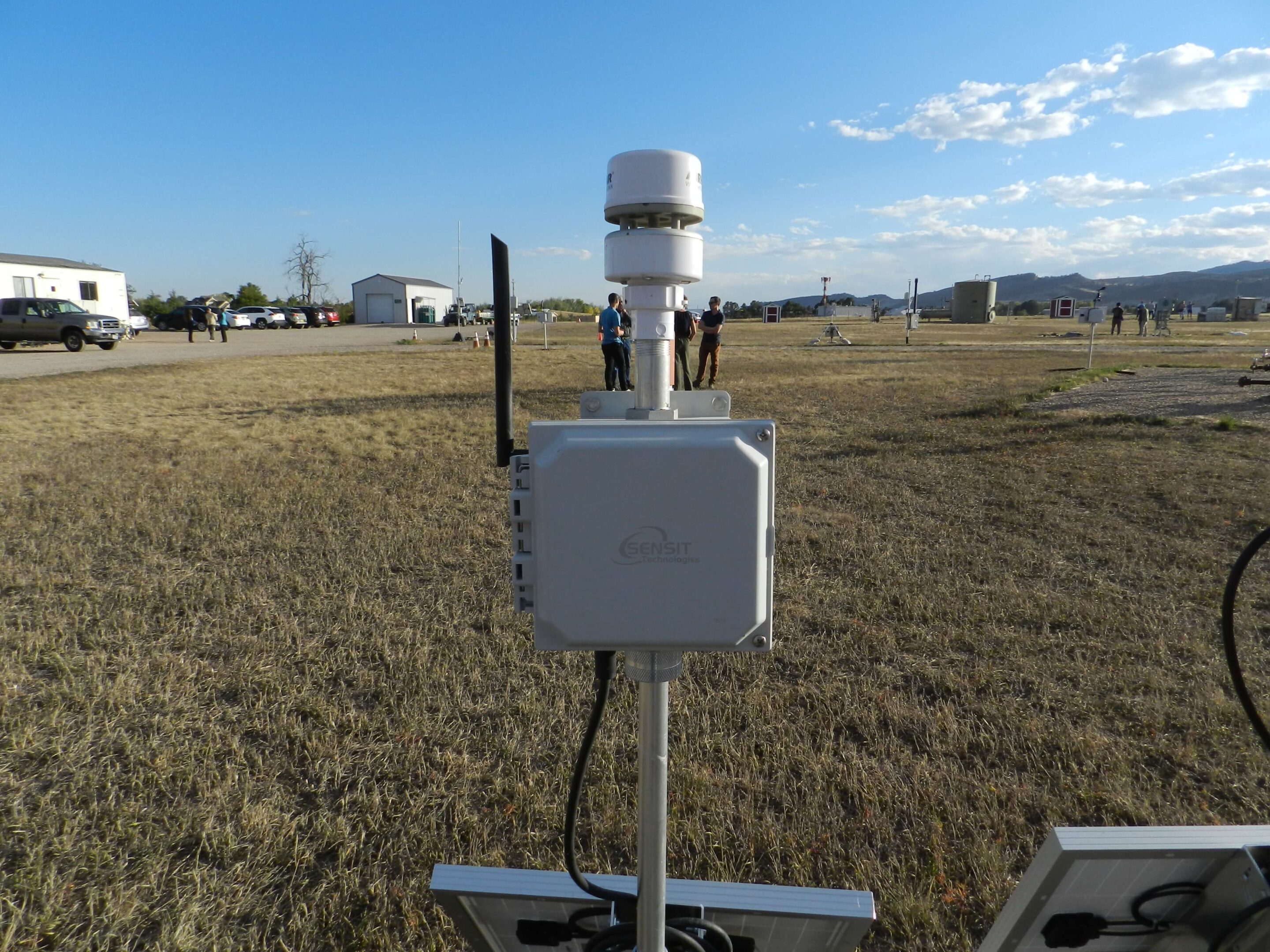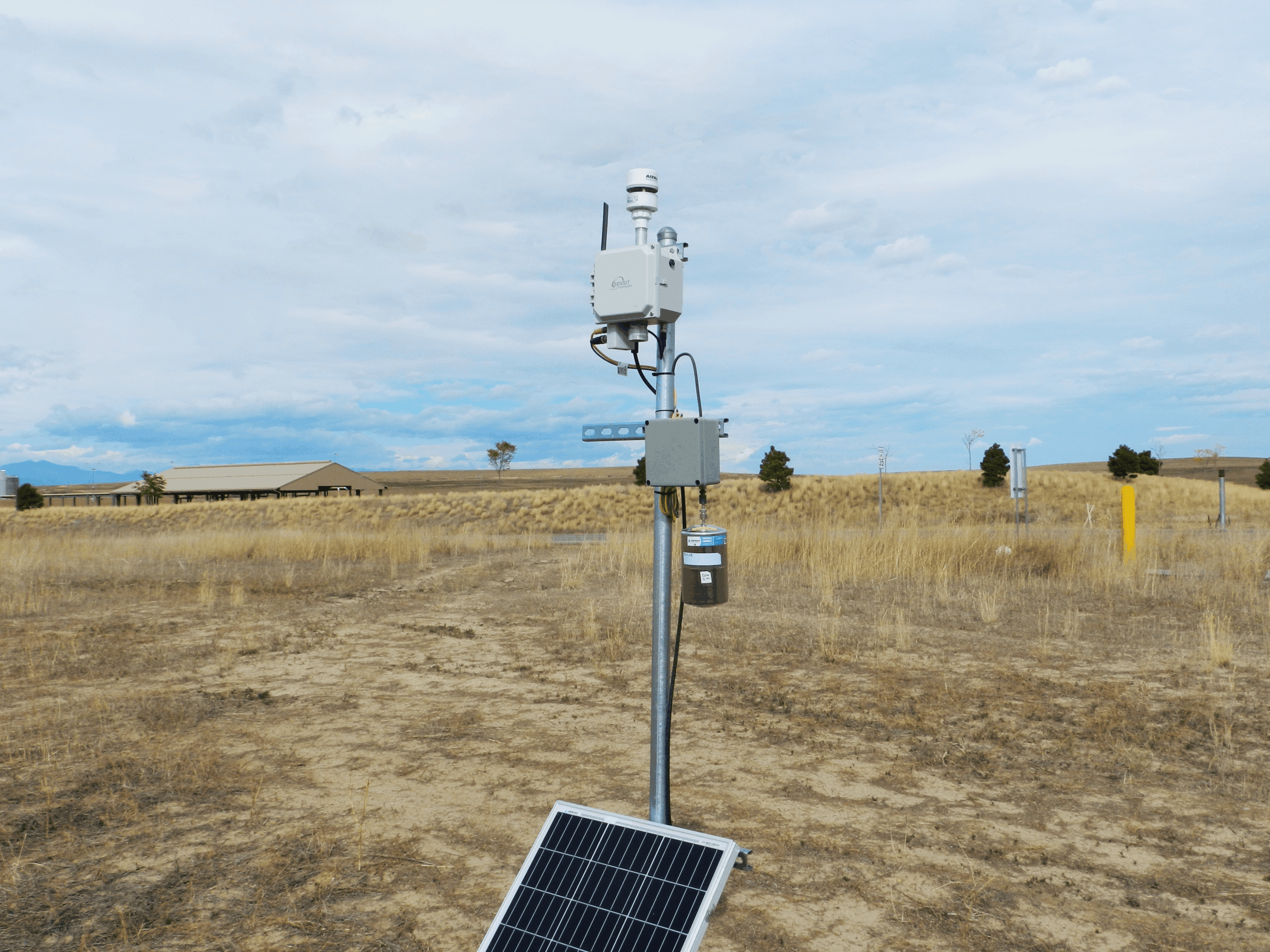SENSIT SPOD delivers standout VOC detection in South Coast AQMD’s latest AQ-SPEC evaluation, earning high marks for accuracy and data recovery.
With Colorado’s revised Regulation 7 set to take effect in 2025, oil and gas operators face expanded air quality monitoring obligations during pre- and early-production phases. The updated rule emphasizes enhanced data quality, calibration standards, and whole-air sampling to better detect VOCs, methane, and hazardous air pollutants. SENSIT’s SPOD platform already meets and supports these requirements with proven, field-ready capabilities.
The SPOD system is a solar-powered VOC monitoring solution equipped with a photoionization detector (PID) and integrated meteorological sensors. It performs automated monthly calibration checks, applies a moving average to smooth data for consistent trend analysis, and is capable of triggering remote whole-air sampling canisters based on elevated readings—directly supporting Regulation 7's goals for near-real-time emissions response. These features allow operators to collect actionable data that align with Colorado’s evolving standards for precision and responsiveness.
Beyond its robust QA/QC framework and remote connectivity, SPOD's flexible deployment and passive operation make it an ideal fit for pre- and early-production monitoring at remote sites. The system's ability to integrate with site plans, siting flexibility, and optional reporting tools position it as a turnkey solution for operators preparing for 2025 compliance. SENSIT’s SPOD ensures operators are not only ready—but confidently ahead—of Colorado’s regulatory curve.




